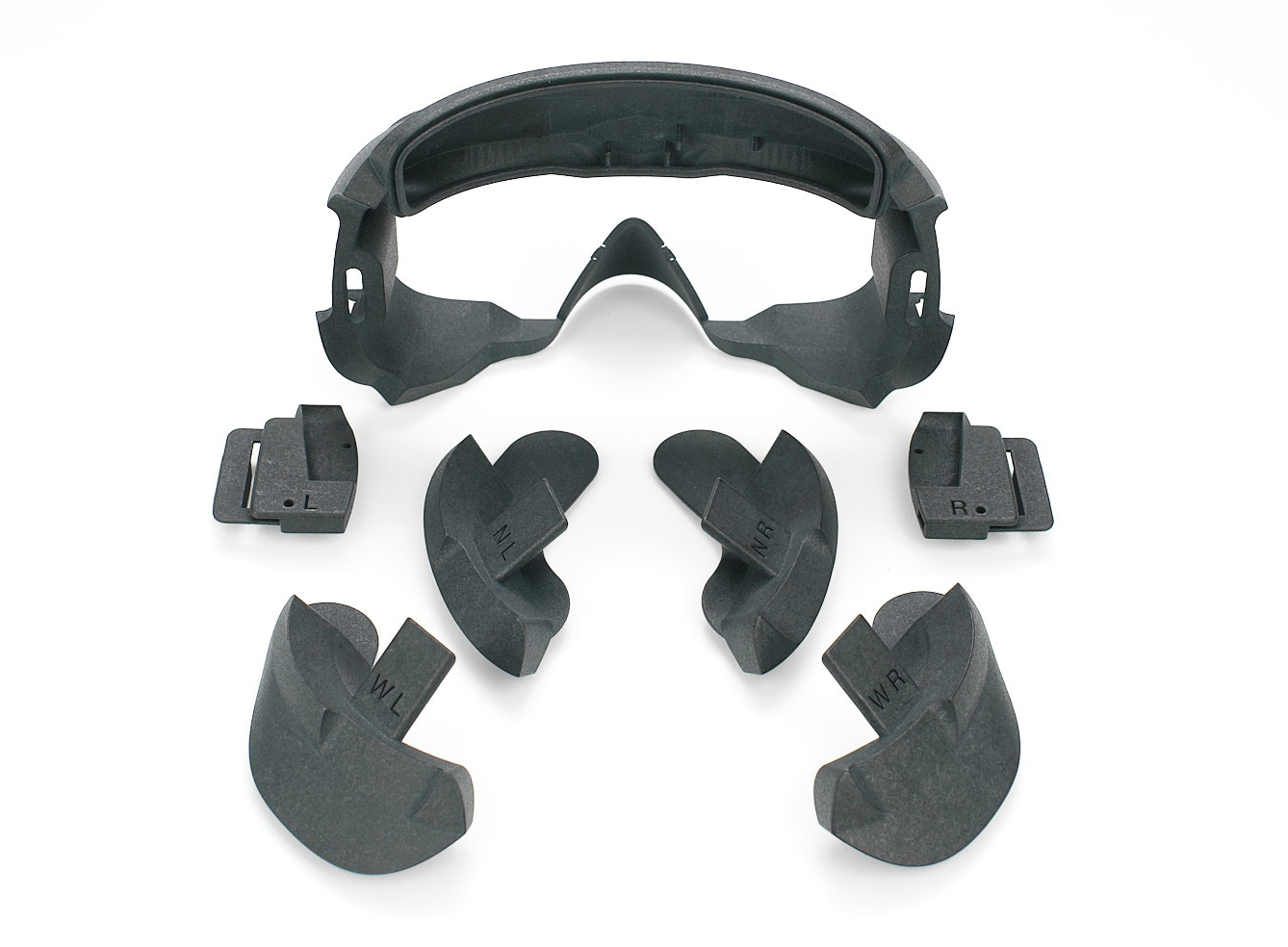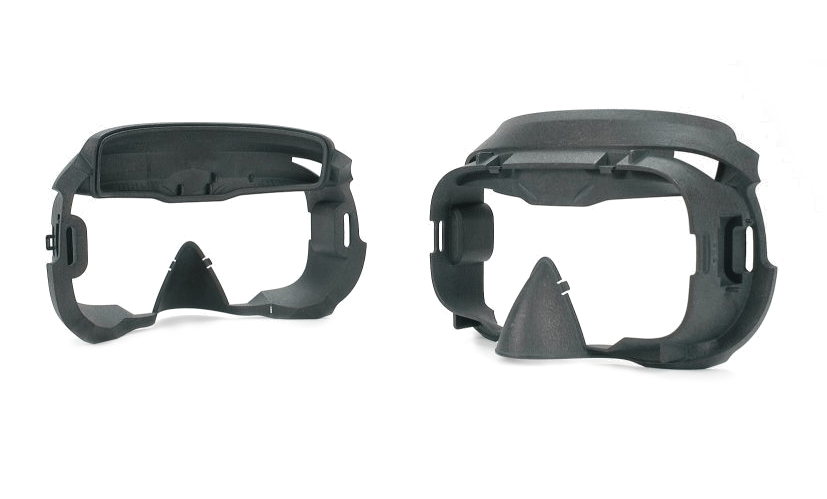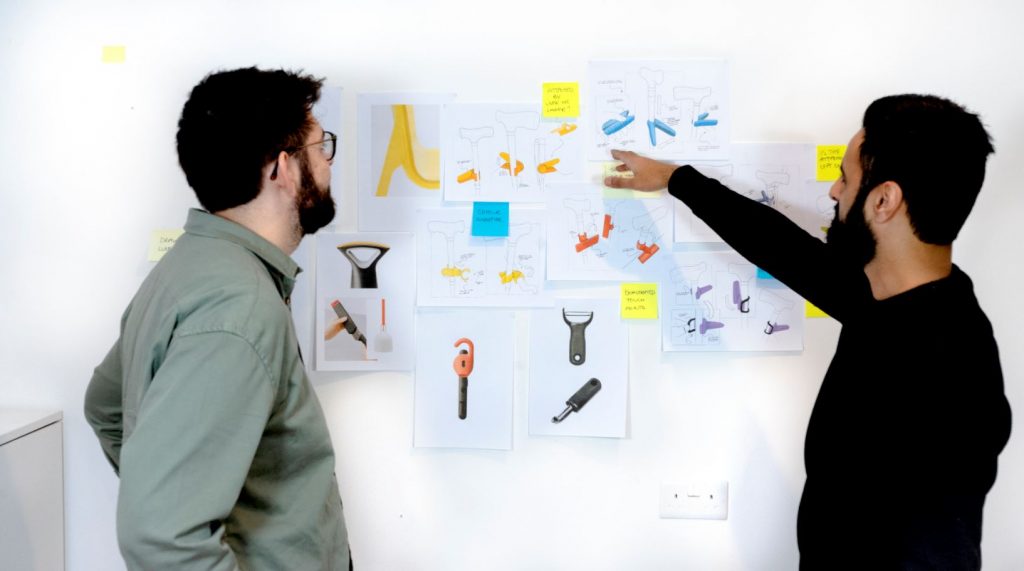One of the key advantages of 3D printing — historically and currently — is how it helps designers to improve the product development process, and, ultimately, their designs. This is achieved because 3D printing affords designers the opportunity to iterate their designs to perfection (or as close as possible), both in terms of function and manufacturability.
 In a recent series of articles that we published about Design for Additive Manufacturing, we alluded to this fact, whereby the advent of 3D printing (or Rapid Prototyping as it was called back then) historically provided a tool that significantly improved the product development process for designers, engineers and manufacturers. The biggest clue was in the first name attributed to additive technologies — Rapid Prototyping. Specifically, the ability to rapidly produce physical prototypes of products and parts, test them for form, fit and function, iterate accordingly, all while reducing the overall time-to-market in a cost-effective way.
In a recent series of articles that we published about Design for Additive Manufacturing, we alluded to this fact, whereby the advent of 3D printing (or Rapid Prototyping as it was called back then) historically provided a tool that significantly improved the product development process for designers, engineers and manufacturers. The biggest clue was in the first name attributed to additive technologies — Rapid Prototyping. Specifically, the ability to rapidly produce physical prototypes of products and parts, test them for form, fit and function, iterate accordingly, all while reducing the overall time-to-market in a cost-effective way.
This remains the case today.
With all of the advances of 3D printing technology that have taken place over the last 35+ years in terms of hardware, materials and software, maybe even more so.
This is because as 3D printing technologies have evolved costs have come down significantly for producing numerous iterations of prototypes at the front end of the product development process using 3D printing processes. Moreover, printing times and materials have improved too. Together this all means that multiple prototypes can be produced more efficiently and cost-effectively than ever before, while functionality and manufacturability of new products and parts can be tested and assessed more accurately.

It is perhaps pertinent to highlight here that the way 3D printing has positively impacted the prototyping process within the scope of product development, is a different issue from designing specifically for 3D printing as a manufacturing / production process. The former is an indirect way of improving the design of a product or part, whereas the latter is a direct way of improving the design within a 3D software environment in relation to the way it will be manufactured, adhering to common and specific rules that ensure successful production outcomes. This is Design for Additive Manufacturing (DfAM) and we have compiled some guidelines along these lines.
Design | Prototype | Test | Iterate
Physical prototypes are still the best possible way of testing and assessing products and parts ahead of production. This has not changed and is unlikely to change for new product development any time soon.
However, before the emergence of 3D printing this was often a costly exercise and certainly a long one that significantly affected product lead times. If more than one prototype iteration was required, lead times would be extended even further and could run the risk of jeopardizing a competitive launch.
Today, 3D printing is an essential tool for many designers in their product development process for refining and perfecting their prototypes through an iterative approach. The cost-effective nature of 3D printing, particularly when using an experienced and reliable service partner, now means that designers can go much further than just experimenting with different forms and the most effective functionality, but can also experiment with different materials to achieve the best possible outcome.
The ability to refine, test and iterate products multiple times is the best possible way to achieve a high-performing product or part. When this is coupled with experience and expertise to get the best possible results from the technology, it is a Win-Win.

